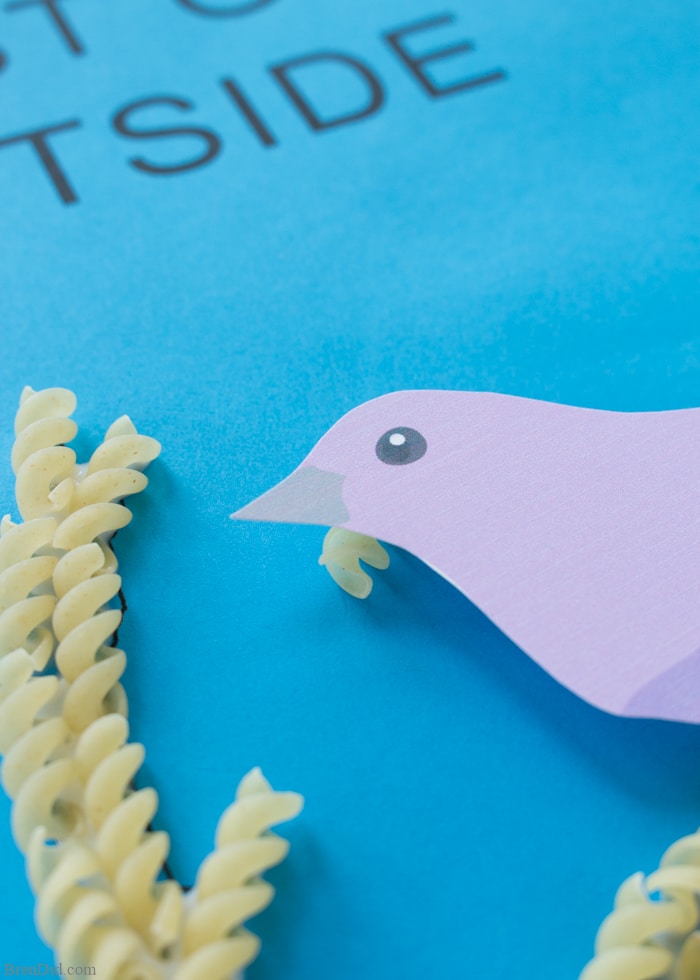

The earliest known recipe dates back to the early 17th century and appears to be inspired by a French version of the recipe. Many Italian cookbooks of the 16th-century mention almond biscuits closely resembling macarons, albeit under different names. French macaron bakeries became trendy in North America in the 2010s.

The macaron as it is known today, composed of two almond meringue discs filled with a layer of buttercream, jam, or ganache filling, was originally called the "Gerbet" or the "Paris macaron." Pierre Desfontaines, of the French pâtisserie Ladurée, has sometimes been credited with its creation in the early part of the 20th century, but another baker, Claude Gerbet, also claims to have invented it. It was not until the 1930s that macarons began to be served two-by-two with the addition of jams, liqueurs, and spices.

In these early stages, macarons were served without special flavours or fillings. These nuns became known as the "Macaron Sisters". In 1792, macarons began to gain fame when two Carmelite nuns, seeking asylum in Nancy during the French Revolution, baked and sold the macaron cookies in order to pay for their housing. According to Larousse Gastronomique the macaron was created in 1791 in a convent near Cormery. During the Renaissance, French queen Catherine de' Medici's Italian pastry chefs made them when she brought them with her to France in 1533 upon marrying Henry II of France. Macarons have been produced in the Venetian monasteries since the 8th century A.D.

Picture from Dictionnaire encyclopédique de l'épicerie et des industries annexes, by Albert Seigneurie, edited by L'Épicier in 1904, page 431. The almond biscuits spread from Arabia to Sicily as far as Venice, where the term macarone was generally used to describe fine biscuits. Ī Swiss online encyclopedia on the history of baking, on the other hand, dates the first almond biscuits to the 11th century under the aegis of the sultan and first king of the Almoravid dynasty Yusuf ibn Tashfin, where the almond cake Ghouryeba or Ghriba was served mainly during Ramadan. At the same time, the encyclopedia entry spreads the pious legend that the shape of the pastry with a cracked crust was abandoned from the navel of a monk. The culinary encyclopedia Larousse Gastronomique (1988) traces the origin of the macarons back to a French monastery in Cormery in the 8th century (791). The Italians borrowed maccheroni from Maccarruni, from which today's macarons are derived. Under the collective term Maccarruni, the Arabs referred to ground grain products as noodles and pastries. In 1154 Muhammad al-Idrisi reported the production of noodles, which was also carried out in Sicily for the first time. In Sicily (and in Toledo, Spain, another contact point between Muslim and Christian culture) fālūdhaj and lausinaj developed into various desserts, like the almond-paste tarts called marzapane and caliscioni. These sweet pastries were handed down by the Sassanid Shahs in Persia, where the almond cake was made to celebrate the Zoroastrian New Year (Nouruz). These included many nut-based sweets such as Fālūdhaj and Lausinaj - baked goods with sweet almond cream inside. History Īccording to Dan Jurafsky in Slate magazine, Arab troops from Ifrīqiya (now Tunisia) brought new techniques (papermaking) and foods like lemons, rice and pistachios with them during their occupation of Sicily in 827. In the UK, many bakeries continue to use the term "macaroon". Jurafsky notes that French words ending with "-on" that were borrowed into English in the 16th and 17th centuries are usually spelled with "-oon" (for example: balloon, cartoon, platoon). Stanford professor of linguistics Daniel Jurafsky describes how the two confections have a shared history with macaroni ( Italian maccheroni, from Greek μακαρία). In North America, most bakers have adopted the French spelling of macaron for the meringue-based item to distinguish the two. There is some variation in whether the term macaron or macaroon is used, and the related coconut macaroon is often confused with the macaron.


 0 kommentar(er)
0 kommentar(er)
